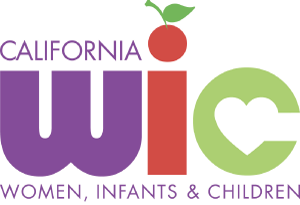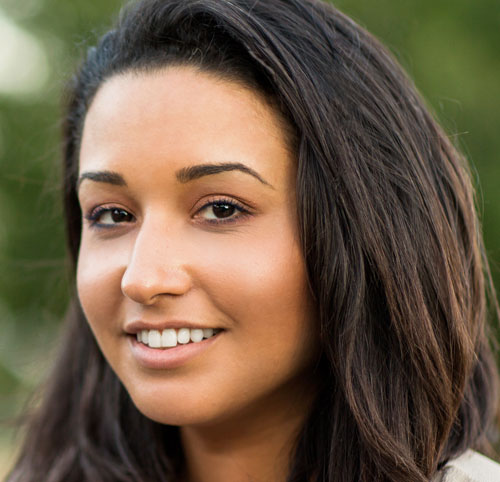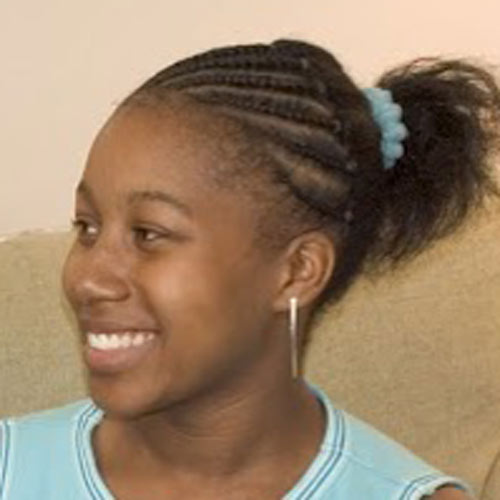
Tips for baby’s first year You want your baby to be healthy now and to grow up to be healthy. You know that good nutrition is important to help your baby grow well. Here are some tips that will help you during this important first year of your baby’s life.
A special power Your baby has a special power. Your baby was born knowing when she is hungry and when she is full. Many adults have lost this ability. They can’t tell when they are hungry and when they are full. Many of these adults eat too much and become overweight.
But you don’t want your baby to become an overweight adult. When you let your baby decide how much to eat, she will eat what she needs, and no more. She will be healthier for it.
Breastfed babies A mother can’t overfeed a breastfeeding baby. This is one of the many, many healthy things about feeding your baby at your breast.
You can’t overfeed your breastfeeding baby because the amount of breastmilk she gets depends on how often the baby suckles from your breast and how actively she suckles. If she’s not hungry, she won’t suck. Or she will suck, but in a different way. Her suck will give her comfort but not a lot of milk. And that’s OK.
Bottle-fed babies Babies drink differently when they drink from a bottle. Even if the bottle has the mother’s own breast milk. This is because the baby doesn’t have to suck to get the milk from the bottle. The milk drips down, and she needs to use her tongue to stop the flow of milk into her mouth and into her tummy.
This is why it’s so important to recognize when your baby is hungry. And when she is full. Read more about hunger cues here>>
Read more here about bottle-feeding-baby>>
You can help your baby take just the right amount of milk for her. Let her set the pace.
Read more here>>
Hold the bottle mostly sideways instead of straight up, and take frequent breaks. When the bottle is mostly sideways, the milk flows into your baby’s mouth at the right speed. And every time you take a break, you’re giving your baby another chance to show you if she wants more or if she’s had enough. This way, your baby will eat what she needs, and not more than she needs.
It’s OK if your baby doesn’t finish everything you put in the bottle. In fact, it’s a good idea to put just a little bit more milk in the bottle than you expect her to take in. Then you can let her leave some of it in the bottle if she wants to. When she leaves some of the milk in the bottle, you know she’s had enough.
Introducing solids When your baby is about 6 months old, she will be ready for solids.
Read about starting solid food here>>
Read more about feeding an older baby here>>
Feeding your baby solids is similar to breastfeeding and bottle feeding. It is important to pay attention to your baby’s cues. You need to feed her when she shows you she’s hungry, and stop feeding her when she shows you she’s full. This way she will get the right amount for her.
Trust her appetite! Later in her first year, she will start to grow more slowly than she did during the first few months of her life. You can expect her appetite to be smaller. Trust her appetite. Only your baby knows what full feels like in her body.
Your older baby will continue to know that she’s had enough to eat. This is because you paid attention to her cues. And you trusted that she knew when she was full. Your baby will become a healthier child because you let her decide how much to eat.
Is your baby a WIC baby? If your baby is on WIC, you can talk to your WIC educator about your baby’s hunger and the foods she is eating. You can ask her any questions you may have.
You can also attend parent sessions about feeding your baby.


